Blog - Your Comprehensive Guide to UK Packaging Symbols
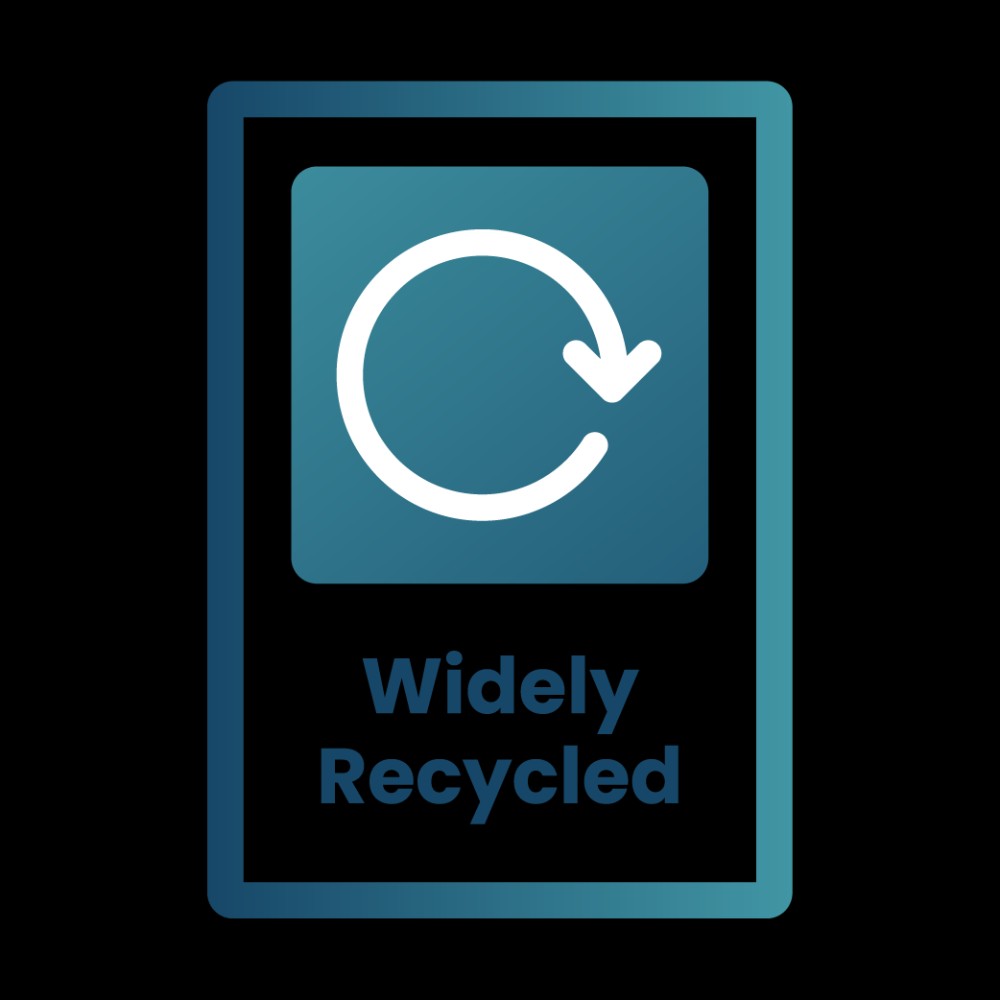
In the UK, the e-commerce and online retailing landscape is not only about selling and shipping products efficiently but also about adhering to sustainability and regulatory standards. Packaging plays a critical role in this, with various symbols serving as a shorthand for the product's environmental impact, safety, and handling instructions. Understanding UK packaging symbols is essential for online retailers aiming to make more environmentally friendly and compliant choices.
This guide will decode the most common UK packaging symbols, their meanings, and how they influence the recycling process, packaging material selection, and consumer perception. By the end of this guide, you'll understand these packaging symbols and actionable results for your e-commerce business.

The Mobius Loop
A universally recognised symbol indicating that packaging is recyclable. It does not guarantee acceptance in all recycling programmes, making it essential for consumers to check local recycling guidelines.

The Green Dot
This symbol does not directly indicate that packaging is recyclable. Instead, it signifies that the manufacturer has made a financial contribution towards the recycling infrastructure in European Union member states, highlighting the company's commitment to recycling efforts.

The Tidy Man
Serving as a gentle nudge towards responsible disposal, this logo encourages consumers to bin the package properly, aiming to reduce littering. It plays a crucial role in promoting environmental cleanliness.

The 'e' Symbol
Found across the EU, the 'e' symbol on packaging specifies the average quantity of a product, ensuring compliance with regulations on specified 'average quantity' and 'tolerable negative error'. It's a mark of accuracy and transparency in packaging.
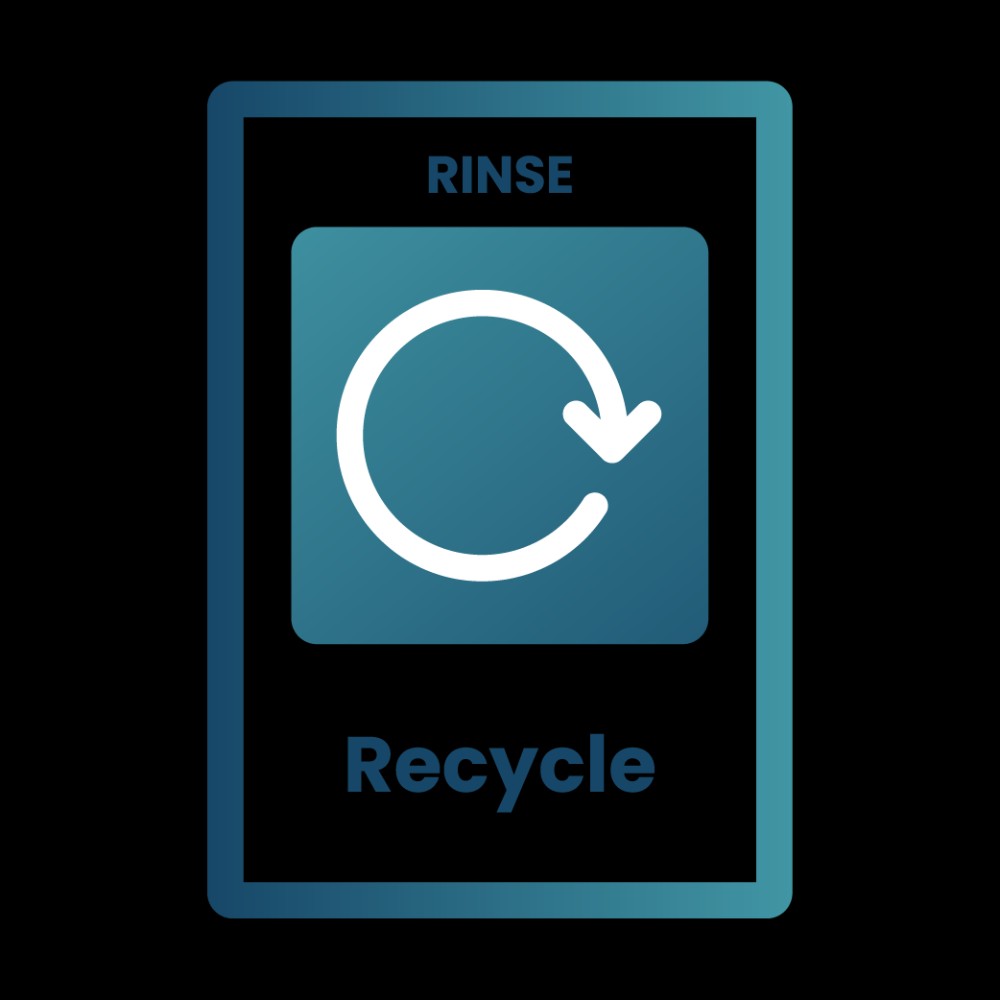
Recycling Symbols for Specific Materials
These symbols facilitate the correct segregation of waste by identifying recyclable materials such as plastic bottles and milk cartons. A notable example is the recycle rise symbol, which advises the rinsing of items before recycling, improving the efficiency of the recycling process.

Biodegradable Packaging Symbol
Signifying the environmental friendliness of packaging materials, this symbol indicates that the material is biodegradable and can decompose without causing harm. The 'home compostable' designation further assures that the material can be composted at home, aligning with sustainability goals.
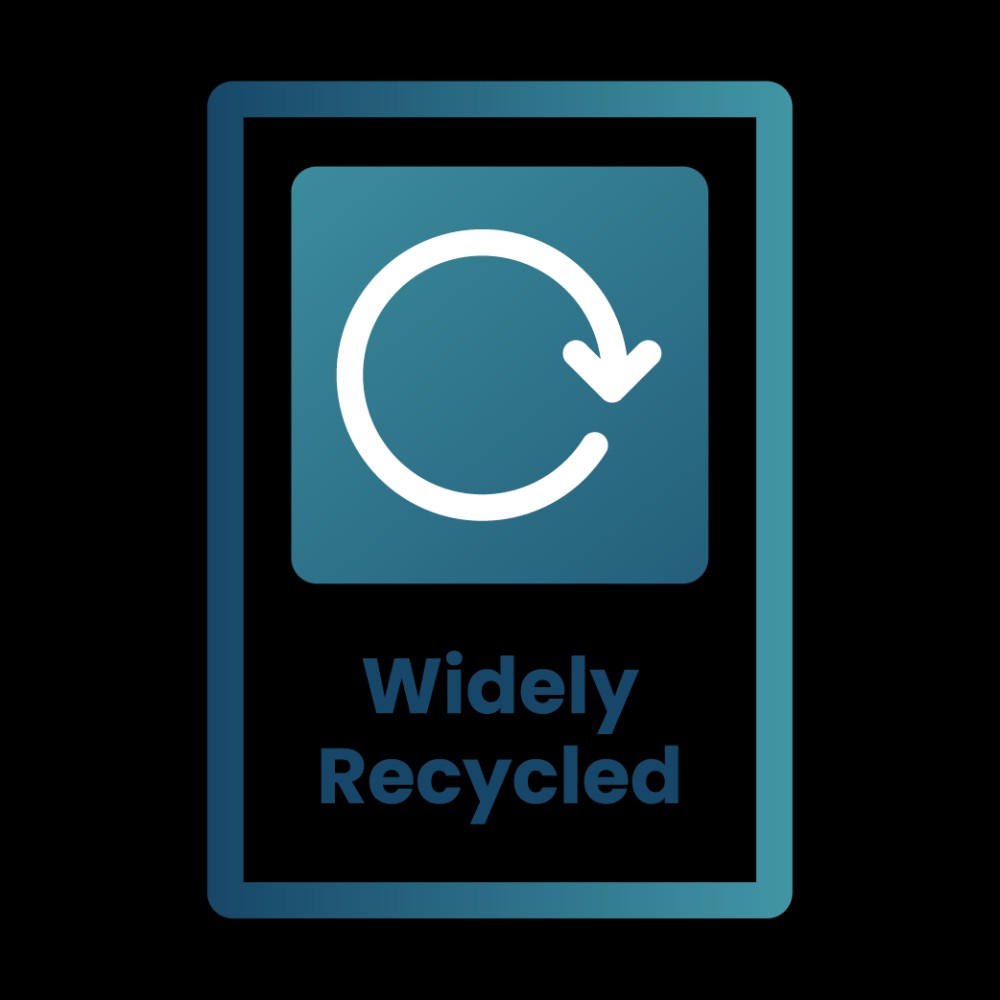
Widely Recycled
This indicator reveals that the packaging material is accepted by the majority of recycling programmes across the UK. It reassures consumers that the use of such materials, including certain milk cartons and products made from recycled materials, supports recycling efforts and minimises landfill waste.
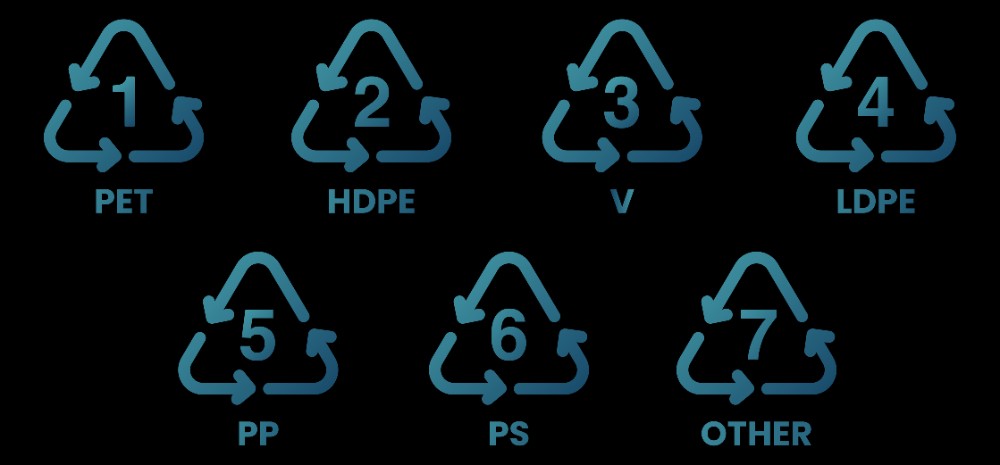
Plastics Identification Codes (1-7)
These codes classify types of plastic, providing guidance on recycling protocols for materials ranging from PETE to polystyrene. Understanding these codes is vital for the effective recycling of plastic packaging.

Recyclable Aluminium & Steel
Symbols denoting recyclable aluminium and steel assure consumers that these materials can enter the recycling stream, underscoring the importance of recycling metals which can be continuously recycled without degradation of quality.
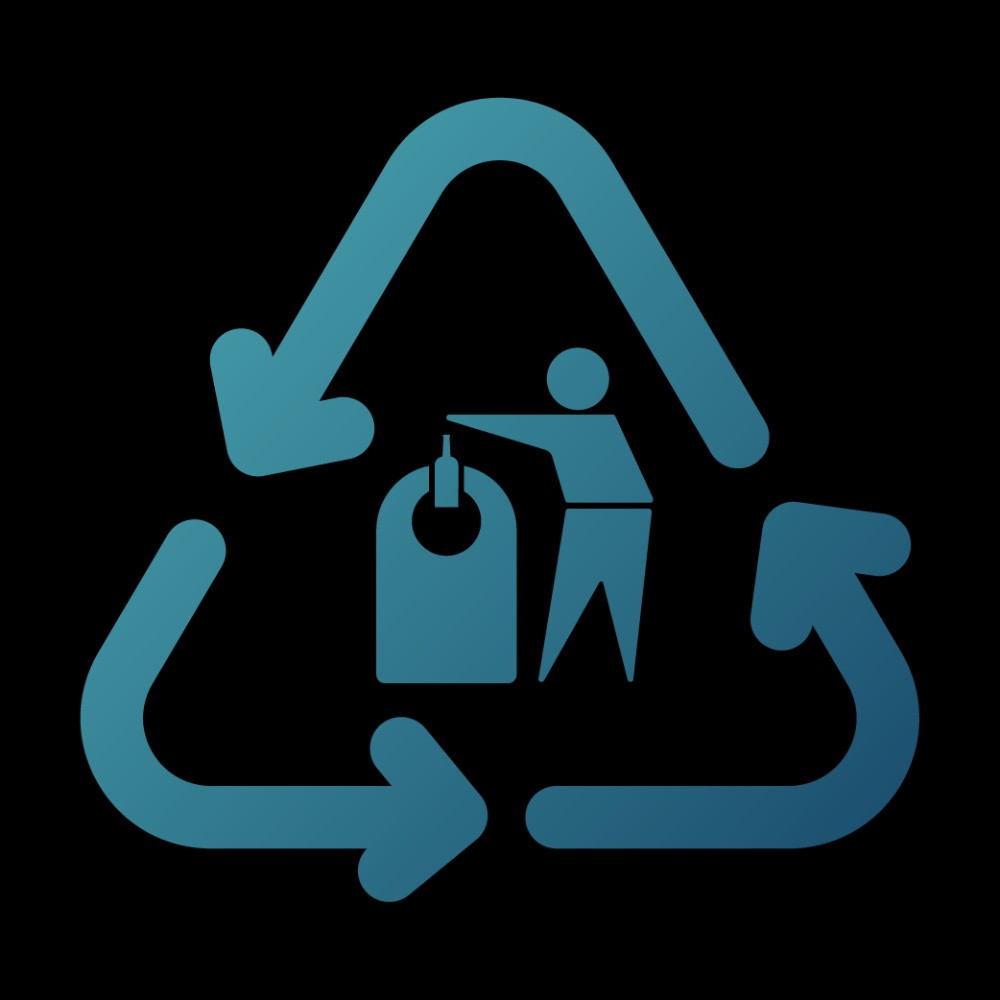
The Glass Recycle Symbol
This symbol indicates that the item is made of glass and can be recycled, contributing to the circular economy by ensuring glass materials are reused.
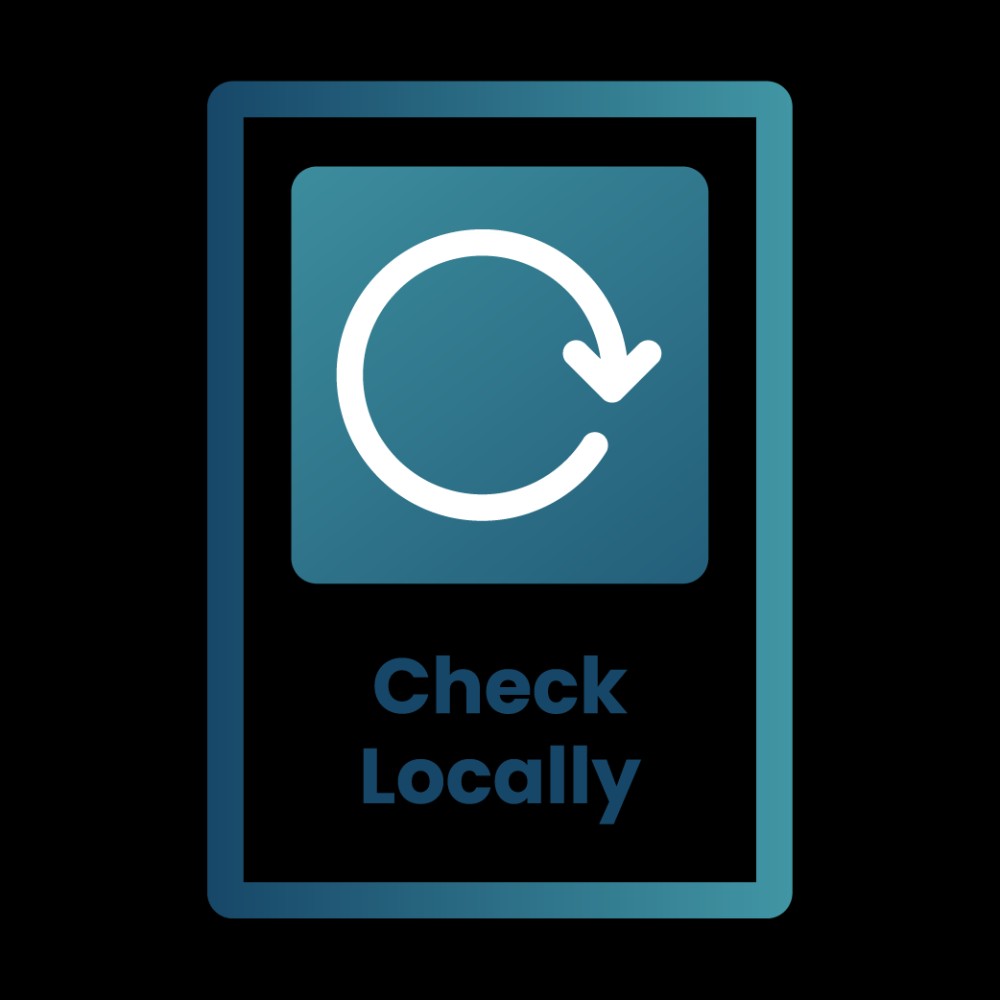
Check Locally
'Check Locally' encourages consumers to verify the recyclability of an item with local facilities.

WEEE Symbol (Waste Electrical and Electronic Equipment)
Alerting users to not dispose of electronic items with general household waste, this symbol emphasises the need for taking such items to special collection points for recycling, ensuring safe and environmentally sound recycling of electronic waste.
Representing responsibly managed forests, this logo on paper or wood-based packaging assures consumers that the use of these materials supports sustainable forest management practices. It's shown as a checkmark blending into a tree, with text reading 'FSC' below.
Awarded to products and services that meet high environmental standards throughout their lifecycle, this EU label signifies excellence in environmental performance. It's shown as a stem with a circle of 12 blue stars and a Greek epsilon (ϵ) in the centre as the flower.
- Seamless Integration: Ensure that your packaging choices reflect the symbols that align with your brand's environmental goals. For example, opting for materials with the 'recycled material' or 'home compostable' symbols can underscore your commitment to sustainability.
- Efficient Communication: Use your platform to educate consumers about the meaning behind these symbols. This not only positions you as a knowledgeable and responsible seller but also encourages correct recycling practices.
- Tailored Solutions: Consider the specific needs of your products and choose packaging symbols that match. Whether it's secure packaging for fragile items or durable options for long-distance shipping, the right symbols can guide your choices.
- Responsive and Trusted Service: Offer clear information about how customers can recycle or dispose of your packaging. Being a reliable source of this information can enhance customer trust and loyalty.
- The UK government outlines clear responsibilities for packaging producers under the Packaging Waste: Producer Responsibilities document. These regulations mandate producers to register, accurately report packaging data, and meet specific recycling targets. For 2023 and 2024, targets have been set for materials like paper, glass, aluminium, steel, plastic, and wood, with the overall recycling goal set to increase from 77% to 80%.
- Food packaging carries its own set of rules, as detailed in the Food Labelling and Packaging Overview provided by GOV.UK. Labels must be clear, easy to read, and non-misleading, with mandatory basic information and ingredient lists. For those packaging food, it’s crucial to use suitable materials marked for food contact, a requirement underscored by specific symbols like the wine glass and fork icon.
- The Weights and Measures Regulations define the compliance roadmap for packers and importers, highlighting the Three Packers Rules which ensure consumer protection against short measures. The guidance stresses the need for packaging to be labelled with quantity in a visible and durable manner, further protecting consumer interests.
- The Packaging (Essential Requirements) Regulations detail the legal standards packaging must meet to be placed on the market. This includes minimising environmental impact and ensuring packaging volume and weight are limited to the minimum adequate amount. Compliance with these regulations is critical for businesses to avoid penalties and contribute to environmental sustainability.
- EPR regulations signify a shift towards holding producers accountable for the lifecycle of their packaging. This includes the need for producers to pay a waste management fee, report data on packaging supplied or imported, and secure PRNs or PERNs to prove recycling obligations have been met. These measures aim to improve recycling rates and reduce packaging waste, marking a significant step towards sustainability.
Discover our eco friendly, customisable packaging options that can help enhance your brand, streamline your shipping process, and resonate with your environmentally conscious customers, using the above information to ensure your e-commerce business is compliant, sustainable and responsible in the online marketplace.
Browse our full range of postal packaging here or get in touch for more support.













